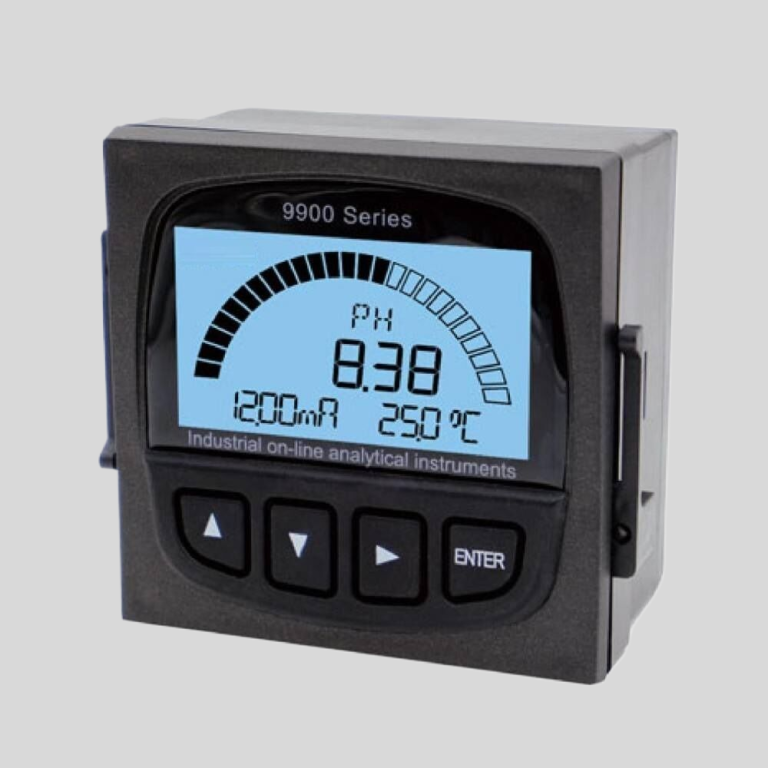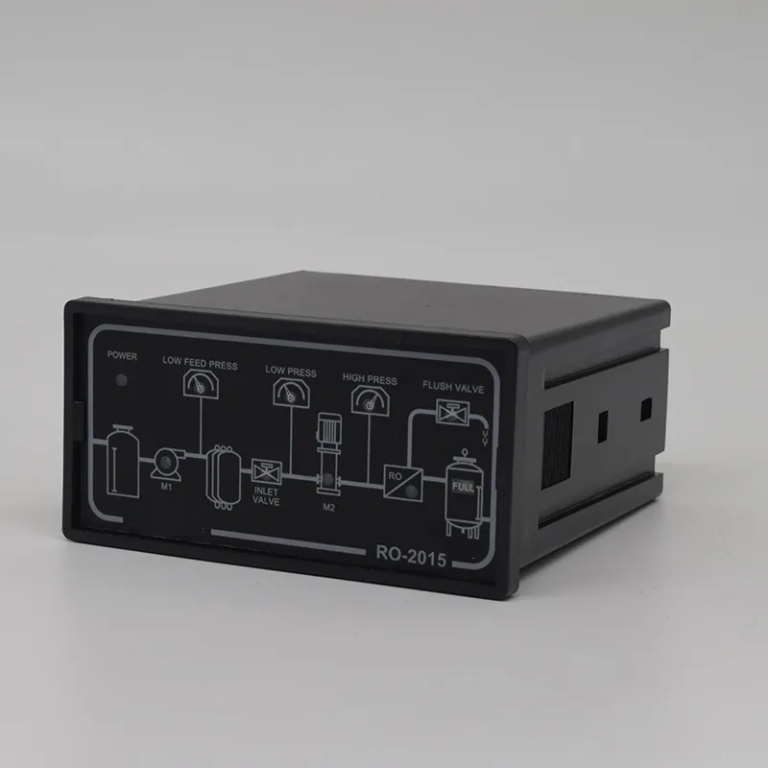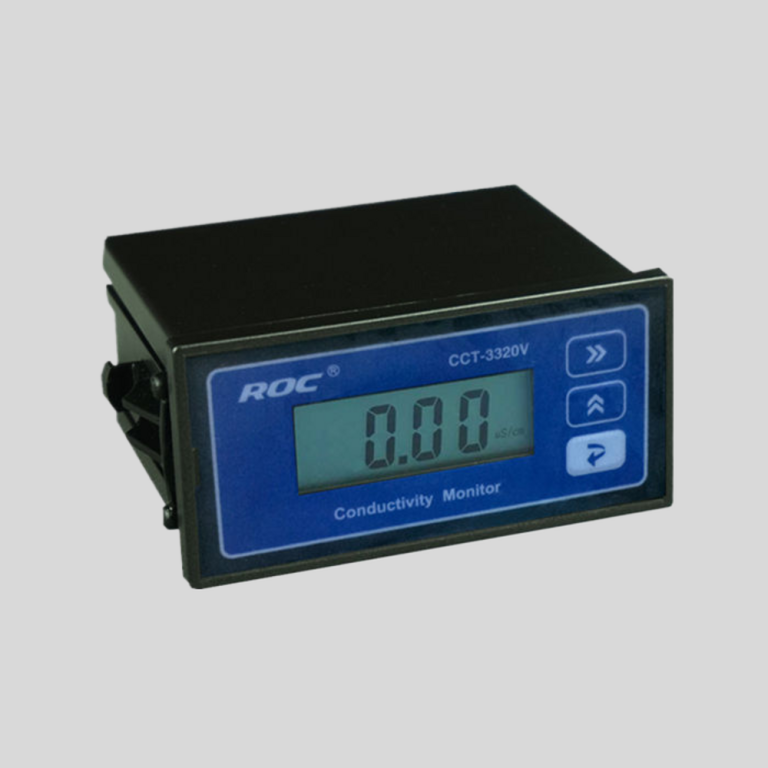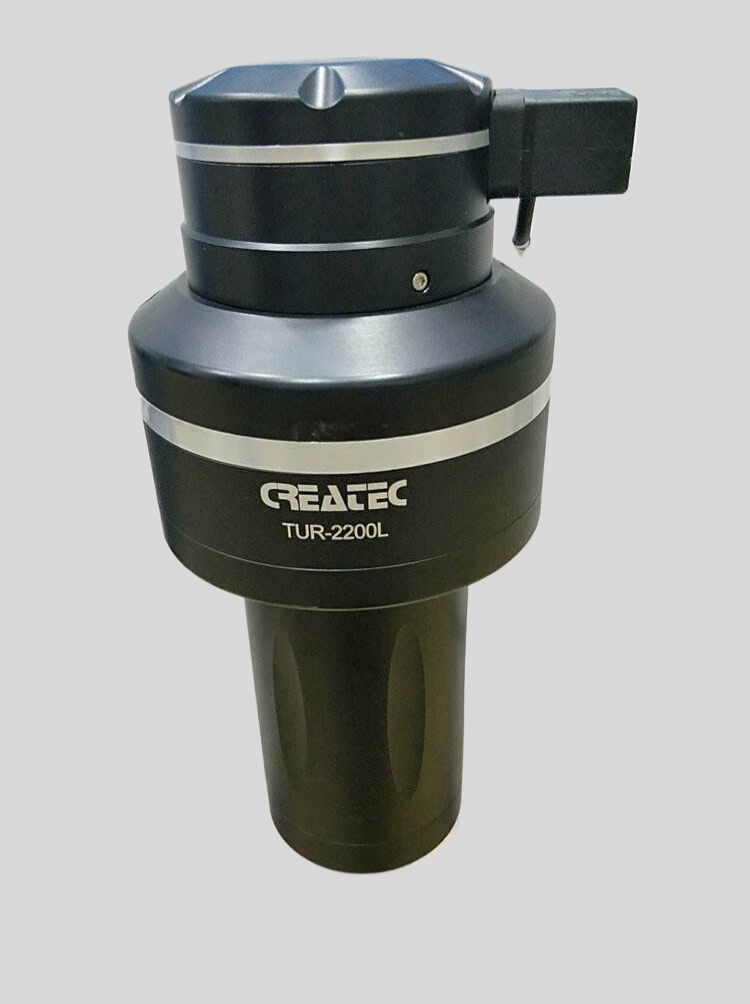Table of Contents
Understanding the Basics of Conductivity Measurement
Conductivity meters are essential tools used in various industries to measure the ability of a solution to conduct electricity. This measurement is crucial in determining the purity and concentration of a solution, making conductivity meters a valuable instrument in quality control processes. Understanding the principle behind conductivity meters is essential for anyone working in industries where accurate measurement of conductivity is required.
The principle of conductivity measurement is based on the fact that ions in a solution carry electrical charge and can conduct electricity. When an electric current is passed through a solution, the ions in the solution will move towards the electrodes, creating an electrical current. The conductivity of the solution is directly proportional to the concentration of ions present in the solution. Therefore, by measuring the electrical conductivity of a solution, one can determine the concentration of ions in the solution.
Conductivity meters work by measuring the electrical conductivity of a solution using a pair of electrodes. These electrodes are typically made of a conductive material such as platinum or graphite and are immersed in the solution being tested. When an electric current is passed through the electrodes, the ions in the solution will move towards the electrodes, creating an electrical current. The conductivity meter measures this current and converts it into a conductivity value, which is then displayed on the meter.
One of the key components of a conductivity meter is the conductivity cell, which houses the electrodes and allows for the measurement of conductivity. The conductivity cell is designed to minimize interference from external factors such as temperature and pressure, ensuring accurate and reliable measurements. Some conductivity meters also come equipped with temperature compensation features to account for changes in temperature that may affect the conductivity of the solution.
| Model No. | CIT-8800 Inductive Conductivity / Concentration Online Controller | |
| Measurement range | Conductivity | 0.00μS/cm ~ 2000mS/cm |
| Concentration | 1.NaOH,(0-15)% or(25-50)%; | |
| 2.HNO3(note the Corrosion resistance of the sensor)(0-25)% or(36-82)%; | ||
| 3.User-defined concentration curves. | ||
| TDS | 0.00ppm~1000ppt | |
| Temp. | (0.0 ~ 120.0)℃ | |
| Resolution | Conductivity | 0.01μS/cm |
| Concentration | 0.01% | |
| TDS | 0.01ppm | |
| Temp. | 0.1℃ | |
| Accuracy | Conductivity | 0μS/cm ~1000μS/cm ±10μS/cm |
| 1 mS/cm~500 mS/cm ±1.0% | ||
| 500mS/cm~2000 mS/cm ±1.0% | ||
| TDS | 1.5 level | |
| Temp. | ±0.5℃ | |
| Temp. compensation | element | Pt1000 |
| range | (0.0~120.0)℃ linear compensation | |
| (4~20)mA Current output | channels | Double channels |
| features | Isolated, adjustable, reversible, 4-20MA output, instruments/ transmitter mode. | |
| Loop resistance | 400Ω(Max),DC 24V | |
| Resolution | ±0.1mA | |
| Control contact | Channels | Triple channels |
| Contact | Photoelectric relay output | |
| Programmable | Programmable ( temperature 、conductivity/concentration/TDS、timing)output | |
| Features | Could set temperature、conductivity/concentration/TDS、 timing NO/NC/ PID selection | |
| Resistance load | 50mA(Max),AC/DC 30V(Max) | |
| Data communication | RS485,MODBUS protocol | |
| Power supply | DC 24V±4V | |
| Consumption | <5.5W | |
| Working environment | Temperature:(0~50)℃ Relative Humidity:≤85%RH(non- condensing ) | |
| Storage | Temperature:(-20~60)℃ Relative Humidity:≤85%RH(non- condensing) | |
| Protection level | IP65(with rear cover) | |
| Outline dimension | 96mm×96 mm×94mm (H×W×D) | |
| Hole dimension | 91mm×91mm(H×W) | |
| Installation | Panel mounted , fast installation | |
In order to accurately measure conductivity, it is important to calibrate the conductivity meter regularly. Calibration ensures that the meter is providing accurate and reliable measurements, allowing for consistent results. Conductivity meters can be calibrated using standard solutions with known conductivity values, allowing for the meter to be adjusted to provide accurate readings.
Conductivity meters are used in a wide range of industries, including water treatment, pharmaceuticals, food and beverage, and chemical manufacturing. In the water treatment industry, conductivity meters are used to monitor the purity of water and ensure that it meets regulatory standards. In the pharmaceutical industry, conductivity meters are used to measure the concentration of ions in drug formulations, ensuring the quality and efficacy of the product. In the food and beverage industry, conductivity meters are used to monitor the quality of beverages and ensure that they meet quality standards.
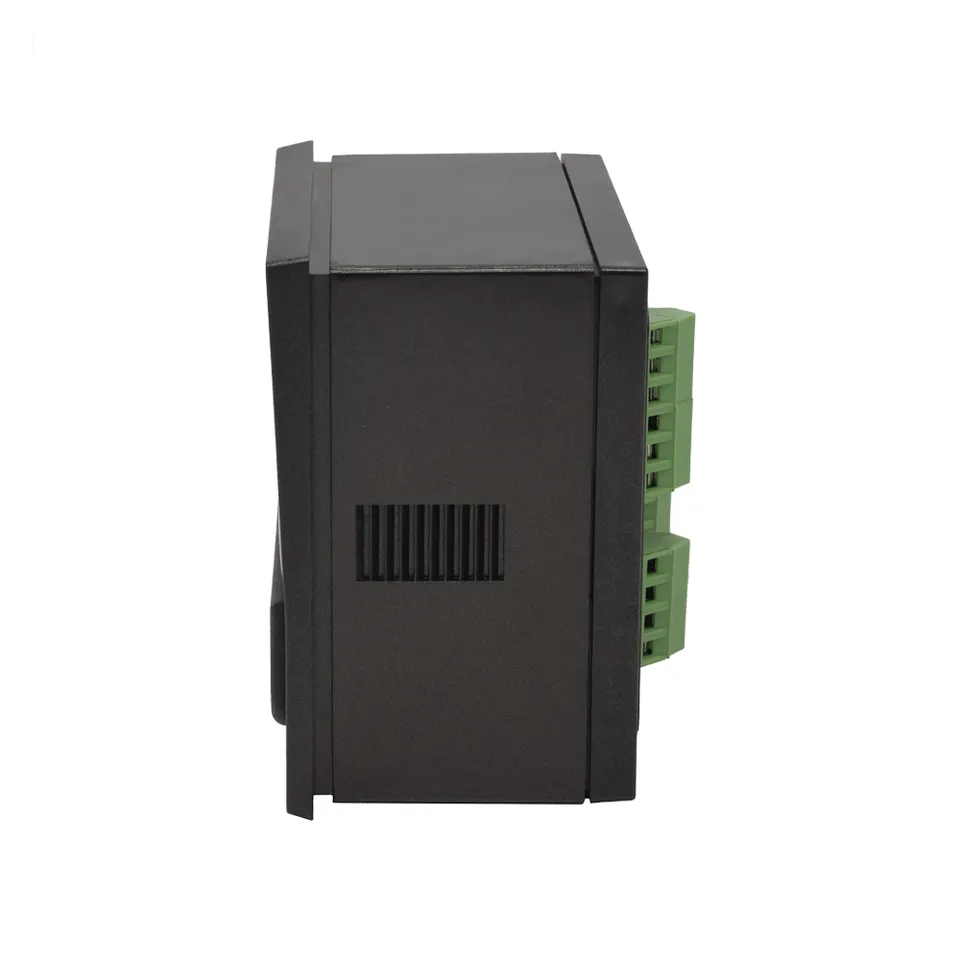
In conclusion, conductivity meters are essential tools for measuring the conductivity of solutions in various industries. By understanding the principle behind conductivity measurement and how conductivity meters work, one can appreciate the importance of these instruments in ensuring the quality and purity of solutions. Regular calibration and maintenance of conductivity meters are crucial to obtaining accurate and reliable measurements, making them indispensable tools in quality control processes.
Applications and Benefits of Using a conductivity meter in Various Industries
Conductivity meters are widely used in various industries to measure the ability of a solution to conduct an electric current. This measurement is crucial in determining the purity and concentration of a solution, making conductivity meters an essential tool for quality control and process monitoring. In this article, we will explore the principle of conductivity meters and their applications and benefits in different industries.
| Product Model | MFC-8800 | |
| Communication port | The uplink slave channel Modbus RTU protocol RS485 port is connected with DTU and DCS | |
| Downlink master channel RS485 port of Modbus RTU protocol is connected with data acquisition terminal | ||
| 4~20mA output | 1 channel two-wire type Maximum loop resistance 400Ω | |
| 4~20mA Input | 2 channel channel two-wire type( initiative feed) | |
| DI Input | 2channels Photoelectric isolation logic switch | |
| DO Output | 3 channels relay | 1 SPDT AC220V; 3A(MAX) |
| (only for drive signal) | 2 SPST AC220V; 3A(MAX) | |
| 1channel Photoelectric switch | Proportional pulse/frequency | |
| Load capacity:100mA/DC30V | ||
| Data acquisition | Data acquisition collection,with 3 channels DC24V sensor power supply | |
| Display mode | 3.5”(or 4”)colorful LCD touch screen | |
| Power supply | Wide power range :(12-24)V | |
| Consumption | <5W | |
| Environment requirements | Environment temp:(5~45)℃; relative humidity:≤90%。 | |
| Hole dimension | (91×91)mm hole dimension;panel dimension(100*100)mm | |
The principle of conductivity meters is based on the fact that ions in a solution can carry an electric current. When an electric field is applied to a solution, the ions will move towards the electrodes, creating a flow of electric current. The conductivity of the solution is directly proportional to the concentration of ions present in the solution. By measuring the conductivity of a solution, one can determine its purity and concentration.
One of the key applications of conductivity meters is in the water treatment industry. Water conductivity is a crucial parameter in determining the quality of water. High conductivity levels can indicate the presence of impurities or contaminants in the water, while low conductivity levels can indicate the absence of dissolved solids. Conductivity meters are used to monitor the conductivity of water in treatment plants, ensuring that the water meets the required quality standards.
In the pharmaceutical industry, conductivity meters are used to monitor the purity of pharmaceutical solutions. Conductivity measurements are essential in ensuring that pharmaceutical solutions are properly formulated and free from impurities. By measuring the conductivity of pharmaceutical solutions, manufacturers can ensure the quality and efficacy of their products.
In the food and beverage industry, conductivity meters are used to monitor the concentration of dissolved solids in food and beverage products. Conductivity measurements are crucial in ensuring the consistency and quality of food and beverage products. By measuring the conductivity of food and beverage products, manufacturers can ensure that their products meet the required standards and specifications.
In the chemical industry, conductivity meters are used to monitor the concentration of chemicals in solutions. Conductivity measurements are essential in controlling chemical processes and ensuring the quality of chemical products. By measuring the conductivity of chemical solutions, manufacturers can optimize their processes and ensure the quality of their products.

Overall, conductivity meters play a crucial role in various industries by providing accurate and reliable measurements of solution conductivity. These measurements are essential in ensuring the quality and purity of products, as well as in optimizing processes and monitoring performance. Conductivity meters are versatile tools that are widely used in industries such as water treatment, pharmaceuticals, food and beverage, and chemicals. By understanding the principle of conductivity meters and their applications and benefits, industries can make informed decisions and improve their processes and products.

